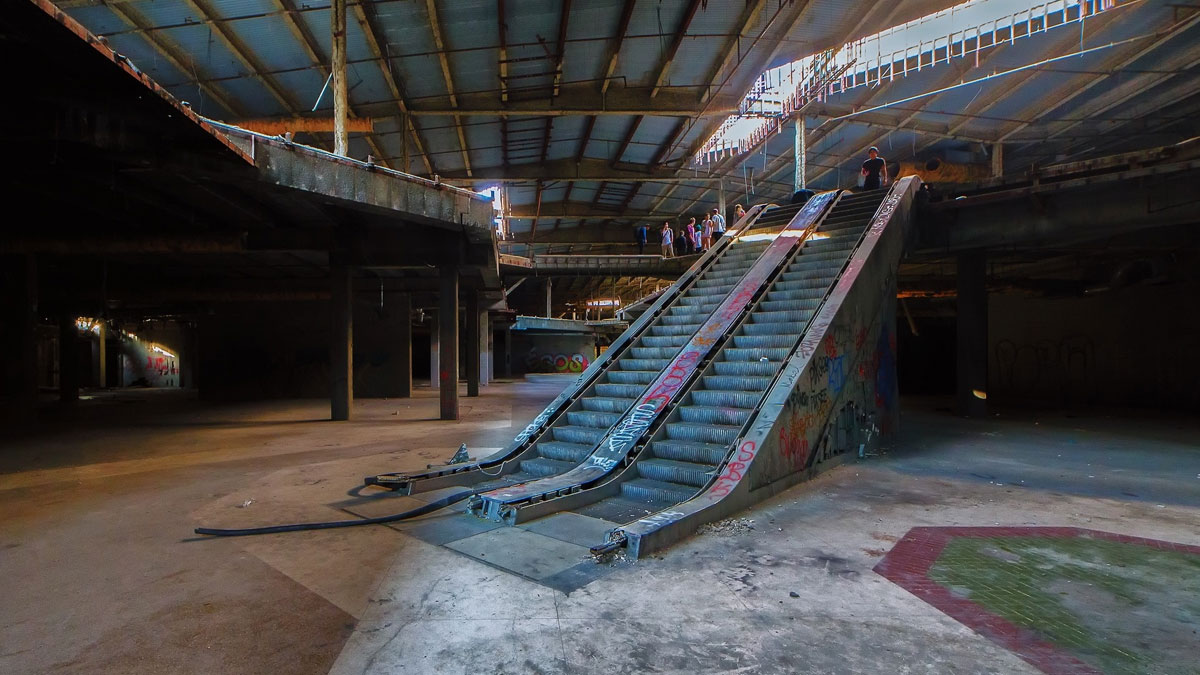CRITERION: REITs are on sale right now – but are they open for business yet?

Picture: Getty Images
Listed real estate investment trusts (REITs) have a reputation for being boring in a good way, enabling steady income streams from tangible, defensive assets that prove their mettle over the longer term.
But in times of stress commercial property can get very interesting – and not in a good way. The next year or so will be a testing time – particularly for office REITs – as the slow-burn fallout from the pandemic becomes more apparent.
While property watchers fretted about the retail landlords a year ago, the angst is now directed at the office-oriented REITs as workers fail to return to their high-rise CBD eyries.
Over the last year, the ASX200 REIT index has declined 17 per cent, while the sector is 23 per cent off its March 2020 pre-pandemic peak. That looks a reasonable reaction to the rising interest rates cycle, given they are inherently geared and face a higher cost of capital.
Units in the office specialists such as Centuria Office REIT (ASX:COF) and the Australian Unity Office Fund (ASX:AOF) have lost around one-third of their value.
Broker Citi opines that office REITs are moving into “value territory”, based on the share discount relative to net tangible assets (NTA, the value of the buildings in the portfolio, less debt).
There’s a ‘but’, but: the firm see “’limited catalysts for a rerating” given (a) the discounts are even bigger overseas, which makes ‘elsewhere’ more appealing to investors and (b) investors are simply too scared to avail of any bargains.
Broker Wilsons has plonked an ‘underweight’ call on REITs, citing office sector risks from lower space demand and still-elevated development pipelines.
The firm adds that while the NTA discounts look attractive, the valuations “are too high relative to our reasonably negative outlook.”
So far, the office sector has held up well in terms of occupancies and rentals, albeit with some fraying at the edges.
In its December 2022 half-year report, for instance, Centuria reported 96.4 per cent occupancy across its $2.3 billion portfolio, with funds from operation (FFO, the sector’s preferred way of measuring things) easing 6 per cent to $48.6 million.
On the proffered full year dividend guidance of 14.1 cents per unit, the stock is trading on a yield of 9.8 per cent and at a 40 per cent discount to net tangible assets.
Morgan Stanley notes Centuria’s gearing is high at around 36 per cent, with banking covenants kicking in when the loan-to-valuation ratio kicks up to 50 per cent.
A bargain or a value trap? Only time will tell.
Broker Citi sees value in the larger, diversified REITs. These include GPT Group (ASX:GPT), Abacus Property Group (ASX:ABP), Mirvac (ASX:MGR) and Dexus (ASX:DXS).
With a $14.7 billion office portfolio, GPT reports an average 12.6 per cent decline in space demand from its bigger tenants, for the 18 months to June 2022. But smaller tenancies remain popular and management sees a “flight to quality” to space such as fitted suites.
Early danger signs are an emerging uptick in sub-leasing activity and incentives offered by landlords to woo new tenants, such as free fitouts.
It’s quite possible the worrywarts are over-reacting, especially if central banks ease up on further rate rises.
Wilsons believes that as valuations and bond yields stabilise, investors will focus on defensive REIT sub sectors such as healthcare assets, data centres, childcare centres and self-storage facilities (Abacus is heavily weighted to the latter).
But when it comes to those eerily empty CBD edifices, we’ll err on the side of caution and have our ‘out of office’ notification on for some time longer.
This story does not constitute financial product advice. You should consider obtaining independent advice before making any financial decisions.
UNLOCK INSIGHTS
Discover the untold stories of emerging ASX stocks.
Daily news and expert analysis, it's free to subscribe.
By proceeding, you confirm you understand that we handle personal information in accordance with our Privacy Policy.








